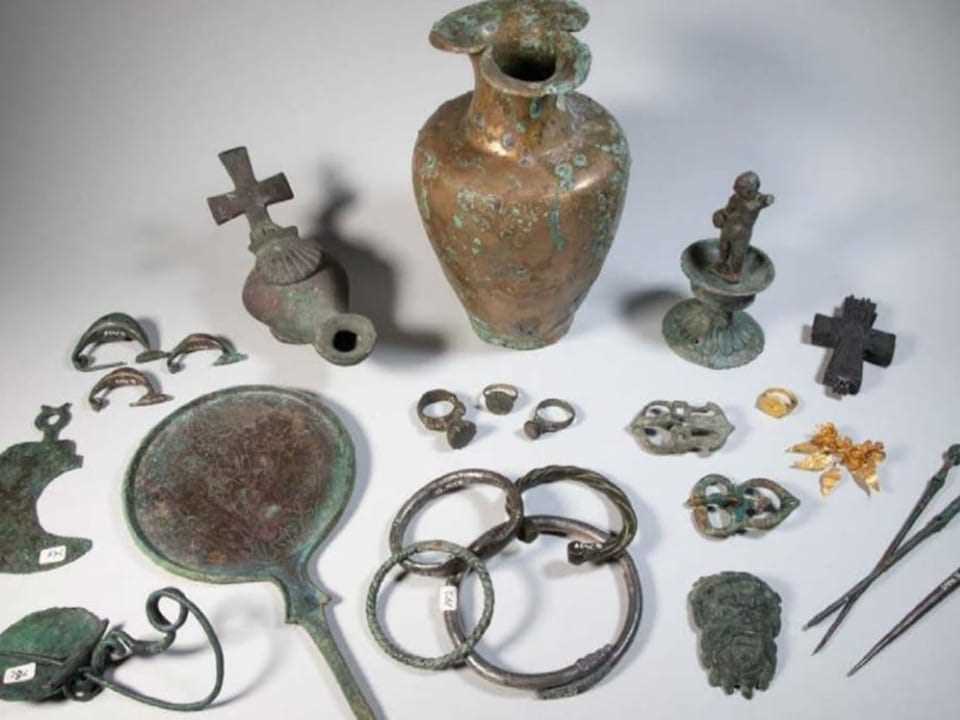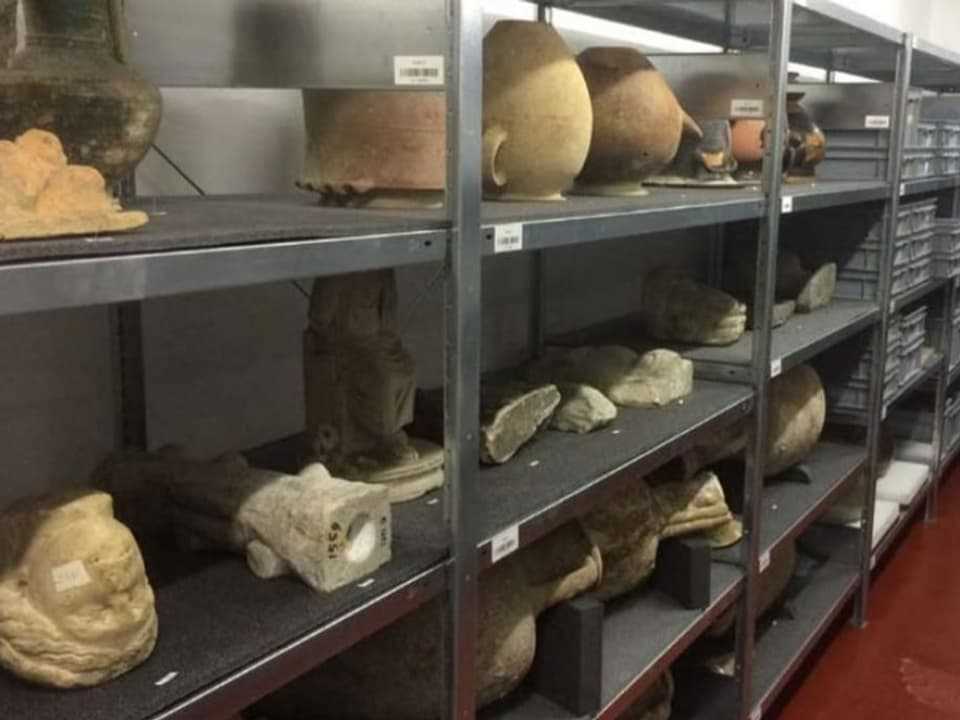contents
A Valais industrialist collected 3000 archaeological pieces. They probably don’t come from Nazi raids.
Whether it’s the Bührle collection in Zurich or the Gurlitt in Bern: where the art comes from and what collectors bequeath to the Swiss museums – that’s something to talk about. There are also wild rumors in Valais about the origin of the Edouard Guigoz collection.
Legend:
The Valais industrialist Edouard Guigoz collected over 3000 antique pieces. The origin remains unclear.
ZVG/ Museum Valais
In 1970, the industrialist donated more than 3,000 antique vessels from the Mediterranean region and the Middle East to the canton – they are said to have come from Jewish households looted during World War II.
The collection is not washed white
Now the Valais cantonal museums have worked up the problematic origin. The relief is great: With one exception, no object that has been robbed or stolen has been identified so far.
“The collection is not outside the norm of that time,” says study leader Marc-André Haldimann to SRF News. However, only 20 of the more than 3000 pieces are of higher value. The majority are mass-produced goods such as glasses or oil lamps. In many cases, neither the origin nor the history of the pieces were documented during the night-war period.
Edouard Guigoz Collection – origin not always clear
But the experts were only able to determine the origin of very few pieces. So the collection is not whitewashed. So do the pieces still come from confiscations from the Hitler or Mussolini era? “You can neither deny nor affirm it,” says Haldimann. But now all available information is transparent on the table.
Stolen Sphinx sent back to Italy
The authorities returned a stolen piece years ago. In 1979, the canton of Valais sent back a Roman marble sculpture, a sphinx, from the Guigoz collection to Italy, where it had been stolen in the 1950s. There were increasing signs that the origin of the pieces could be problematic.
The collection was removed from the exhibition spaces in 1985. Since then it has been kept in the warehouses of the cantonal museums. In 2015, the museums launched the research project to determine the origin of the hardly documented collection. A gigantic task.
States would have to report stolen objects
Except for the sculpture mentioned, no other object could be identified as stolen or robbed by the experts. According to the canton, further returns are possible, provided the beneficiaries (states or private individuals) sufficiently justify their applications.
We’re just waiting to see what refunds come up
“We’re just waiting to see what kind of refunds are coming,” says Valais State Councilor Mathias Reynard. It is now important that transparency has been established.


